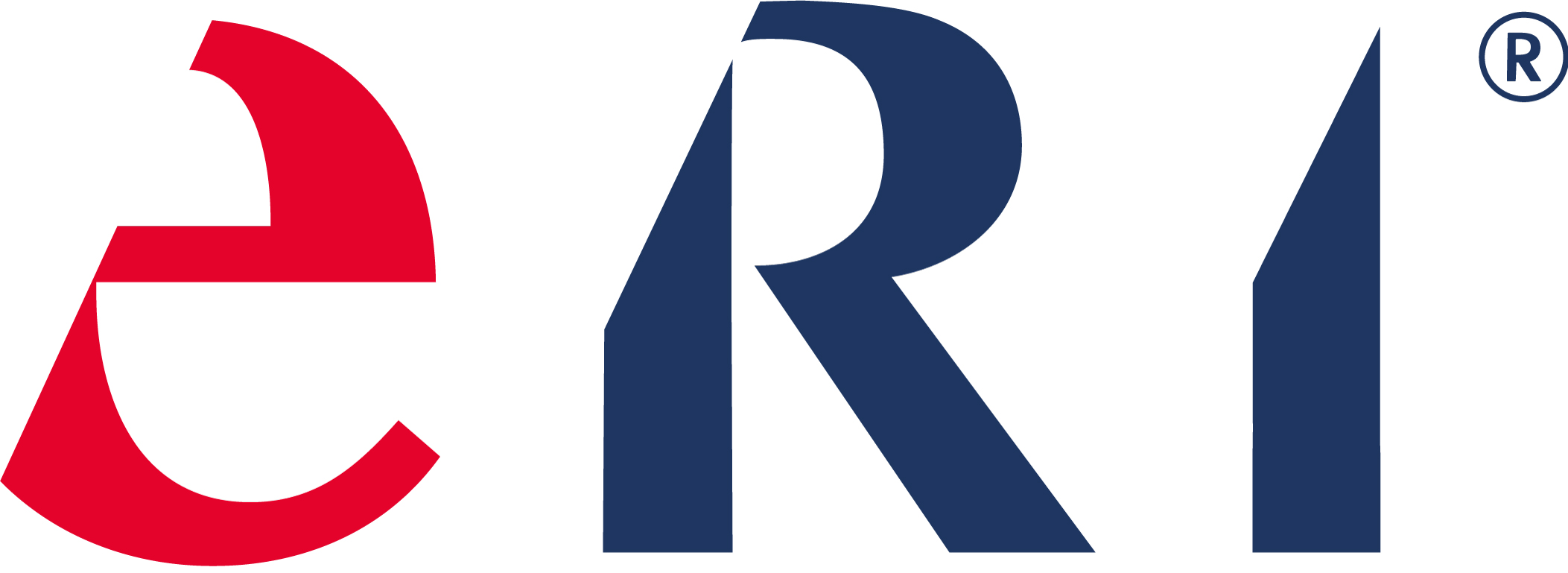In an era defined by rapid technological advancements and evolving customer expectations, the financial services industry finds itself at a critical juncture. Consumers have become used to e-commerce platforms that offer transparent, real-time visibility over the entire payment, execution and delivery life-cycle. Enter the Financial Data Access (FIDA) framework – an evolutionary regulatory proposal that promises to reshape the way financial services providers will expose, access and utilise customer financial data.
By Alan Goodrich, ERI.

At the heart of the FIDA framework lies the imperative for real-time access to customer financial data, including all positions and balances, from a trusted source. The layer of open finance APIs that FIDA necessitates represents the tip of the iceberg. For many providers of post trade and custody services, this fundamental shift in data accessibility challenges longstanding concepts embedded in their legacy technology solutions, such as data silos, disparate systems, and delayed information processing. FIDA implicitly requires the provision of a centralised repository for comprehensive and up-to-date financial information, empowering institutions and customers to make better-informed decisions swiftly and effectively.
The need for real-time access to customer financial data cannot be overstated in today’s hyperconnected world. Customers, whether institutional or private, expect seamless and personalised experiences, where their financial information is readily available at their fingertips. Traditional systems often struggle to meet these expectations, leading to customer dissatisfaction and attrition. FIDA effectively leverages regulation to address this challenge by expecting financial services providers to be able to access and expose real-time customer data, allowing for personalised services, proactive engagement, and enhanced customer experiences.
While many recent regulatory requirements appear to simply add expense, a proactive approach to implementing the FIDA framework actually promotes revenue generating opportunities. Real-time access to customer financial data enables deeper insights to be gained into; customer behaviour, preferences, and financial needs. A FIDA-friendly core system provides a real-time platform upon which advanced analytics and machine learning algorithms may eventually be used to uncover valuable insights that drive targeted marketing campaigns, product innovation, and risk management strategies.
However, the adoption of a new modern core system, such as is intimated by FIDA, requires courage and vision from financial institutions. It involves overcoming various challenges, not least of which is organisational resistance to change. Yet, those institutions that are bold enough to embrace innovation and invest in modernising their core systems will be best positioned to seize the opportunities that complying with FIDA represents.
The implementation of the FIDA framework offers numerous benefits for forward-thinking financial services providers:
Enhanced Operational Efficiency: By centralising and automating data management processes, operations are streamlined, manual errors are reduced, and operational costs are lowered. This allows resources to be reallocated towards value-added activities and strategic initiatives;
Improved Risk Management: Real-time access to customer financial data enables risks to be identified and mitigated promptly. By monitoring account activity and transaction patterns in real-time, fraudulent activities, compliance violations, and market risks may be detected before they escalate;
Personalised Customer Engagement: With real-time insights into customer financial behaviour, institutions can deliver personalised recommendations, tailored product offerings, and proactive financial advice. This strengthens customer relationships, fosters loyalty, and increases customer lifetime value;
Regulatory Compliance: Implementing the FIDA framework facilitates compliance with other regulatory requirements by providing accurate and timely financial data for reporting and auditing purposes. This helps institutions avoid regulatory penalties, uphold trust, and maintain a competitive edge in the market;
Competitive Advantage: By embracing the FIDA framework, institutions can differentiate themselves in the market landscape. They can offer innovative products and services, deliver superior customer experiences, and outperform competitors who are slower to adapt to the changing digital landscape.
In conclusion, the FIDA framework represents a transformative opportunity for financial institutions to harness the power of real-time financial data processing and access. By implementing a new, modern core system, institutions can unlock new levels of operational efficiency, risk management effectiveness, customer engagement, regulatory compliance, and competitive advantage. While the journey may present challenges, the rewards far outweigh the risks. The future belongs to those institutions that are brave enough to champion innovation and blaze a trail towards a more connected and customer-centric ecosystem. As the Roman poet, Virgil, famously wrote: “Audentis fortuna iuvat” – Fortune favours the bold!

Alan Goodrich
Regional Sales Manager at ERI
Fellow of the IAP (Institution of Analysts & Programmers)
ERI is the supplier of the OLYMPIC Banking System, offering award-winning levels of innovation, real-time securities processing automation and compliance. For more information, visit: olympicbankingsystem.com.












